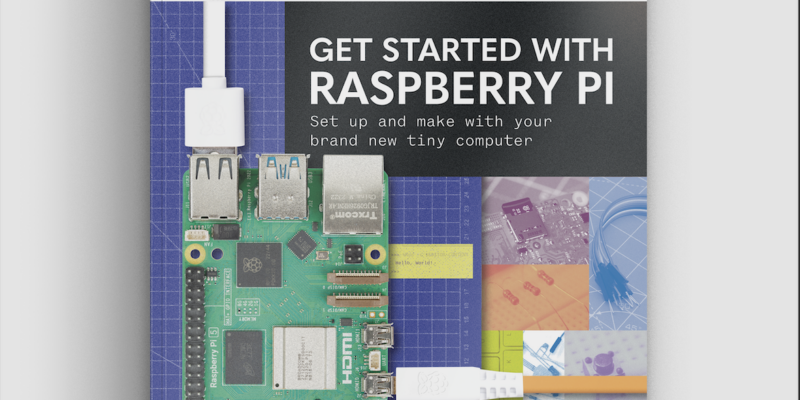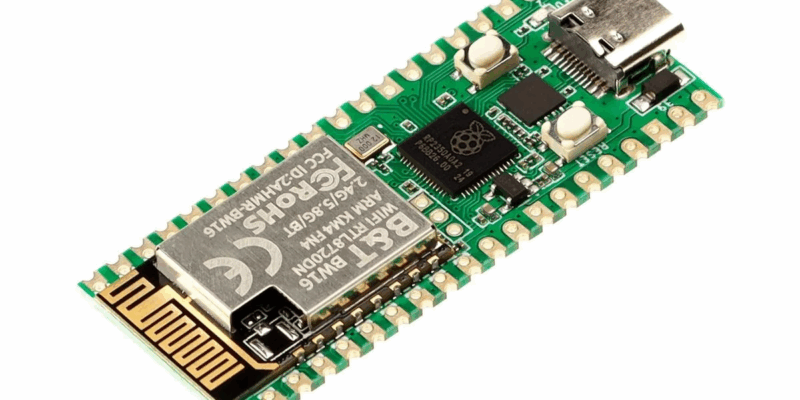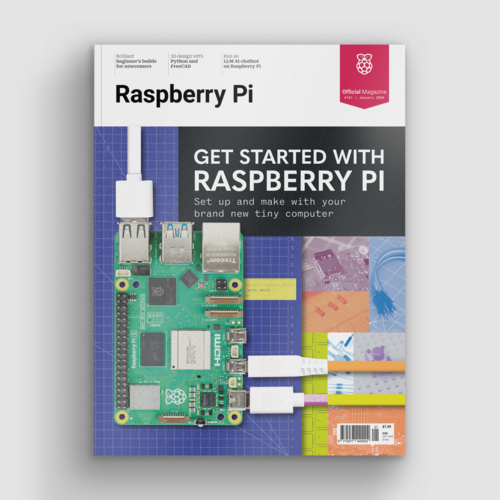Trophy Camera uses Raspberry Pi and AI to snap Award Winning photographs
By Russell Barnes. Posted

This Trophy Camera only takes award-winning shots. With a Raspberry Pi inside, this camera uses AI to detect if shots captured are award-worthy.
Advertisement
Get started with Raspberry Pi – everything you need to know to start your journey!
The Trophy Camera uses AI to detect if photographs are award-winning. Two Belgian creatives have designed and made a camera that ‘can only make award-winning pictures’, thanks to an AI algorithm running on a Raspberry Pi.
The Trophy Camera has been ‘trained’ to identify what makes an award-winning image by analysing all the previous winning entries for the World Press Photos of the Year. When you take a picture with the Trophy Camera, the camera is programmed to ‘recognise, make, and save only winning photos.’
Intriguingly, the Trophy Camera doesn’t even have a viewscreen, merely a two-line readout that tells you whether the image you have taken is of award-winning standard or not. The project uses a Pi Zero W and the Camera Module v2.
Trophy Camera: Build an AI photography tool
Asked how the Trophy Camera works, Dries Depoorter, the engineer of the project, tells us, “Point the camera at your subject and press the red button… the LCD screen will then show what it sees in the form of labels, for example: inside, room, kitchen, blender. Then it will give the photograph a rating based on how much it looks like a World Press Photo winner. If the photograph has 90% of more correlation with the algorithm it has created based on the history of World Press Photo winners, it automatically uploads the picture to the website.”
“The idea for the camera came from a concern for the development of repetitive visual and aesthetic strategies in photojournalism,” says Max Pinckers, the other half of the Trophy Camera team, who is currently researching tropes in photojournalism for his PhD at the School of Arts in Ghent. “Press photography appears to be becoming a self-referential medium dominated by tropes, archetypes, and pop-culture references.”
The Trophy Camera, therefore, seems to be a tongue-in-cheek demonstration of the lack of creativity in what should be an intensely creative medium.

But can an AI algorithm discern arresting images from poor-quality ones? Dries tells us, “The technology in the camera searches for patterns in photographs and creates its own standards for evaluating them, but also functions on a deeper level that we humans cannot see or understand.”
The Trophy Camera is described as ‘v0.9’, and Max has great plans for a future update: “I wanted to build the camera so it’s real-time and checks real-time [for] award-winning pictures. For the moment, you have to press a red trigger. The next version is going to be real-time.”
He originally constructed the Trophy Camera with a Pi 2, “but then the new Raspberry Pi Zero W got released, and I ordered right away.” Fitting everything inside the case was tricky, “so the battery is really small… the biggest challenge was the software then the physical camera. I made it in ten days.”
The Trophy Camera is on display in Tetem in The Netherlands until 30 July. More info (in Dutch) can found on the Trophy Camera project's website.

Russell runs Raspberry Pi Press, which includes The MagPi, Hello World, HackSpace magazine, and book projects. He’s a massive sci-fi bore.
Subscribe to Raspberry Pi Official Magazine
Save up to 37% off the cover price and get a FREE Raspberry Pi Pico 2 W with a subscription to Raspberry Pi Official Magazine.
More articles

Get started with Raspberry Pi in Raspberry Pi Official Magazine 161
There’s loads going on in this issue: first of all, how about using a capacitive touch board and Raspberry Pi 5 to turn a quilt into an input device? Nicola King shows you how. If you’re more into sawing and drilling than needlework, Jo Hinchliffe has built an underwater rover out of plastic piping and […]
Read more →

Win one of three DreamHAT+ radars!
That’s right, an actual working radar for your Raspberry Pi. We reviewed it a few months ago and have since been amazed at some of the projects that have used it, like last month’s motion sensor from the movie Aliens. Sound good? Well we have a few to give away, and you can enter below. […]
Read more →

RP2350 Pico W5 review
It’s Raspberry Pi Pico 2, but with a lot more memory
Read more →
